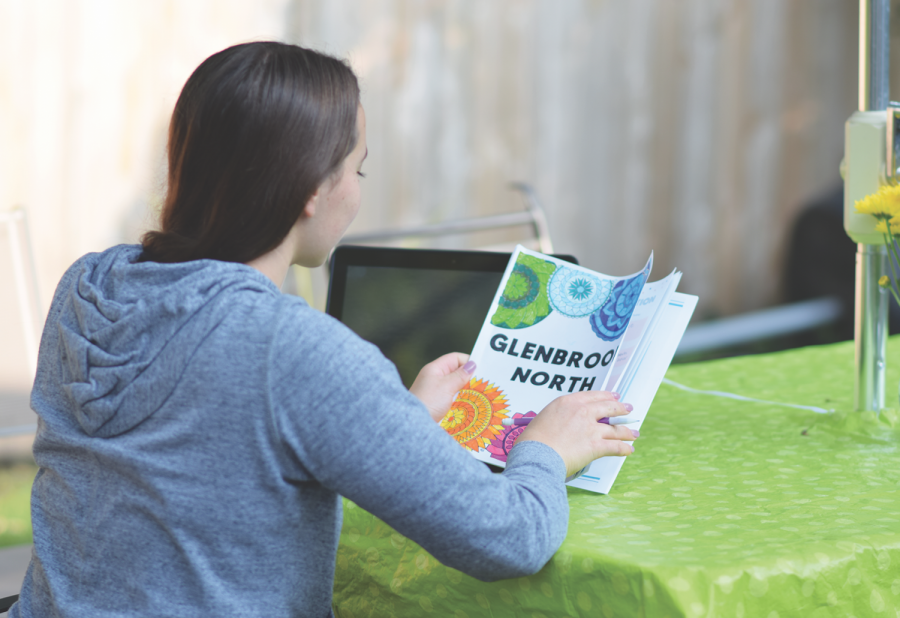Emotional wellness curriculum introduced
This past summer, a group of psychologists, social workers and administrators from Glenbrook High School District #225 designed a five-week Social Emotional Learning curriculum, also known as SEL. The curriculum was intended to help students find ways to navigate various social and emotional challenges, specifically ones that may arise due to the COVID-19 pandemic.
“This year, … just because of the kind of trauma and upheaval of having to move from remote learning and all of the things that have gone along with [COVID-19], it was really never a question that we were going to be finding ways to support students, and [SEL] was … one of the main ways that we decided to do that,” school psychologist Bridget Bucklin said in a video conference.
Eric Etherton, assistant principal of student services, said in a video conference that the SEL curriculum is research-based. Several of the staff members who created the SEL curriculum took a course specifically focused on trauma to become more informed on what it is like experiencing a traumatic life event.
The topics covered in the SEL curriculum included: “Understanding Adversity as a Unifying Experience,” “The ABCs of Resilience,” “What is Your Story,” “Coping as a Student in Uncertain Times” and “School and Community Supports.” Students who do not feel comfortable with a certain topic or discussion are able to opt out of that class session with no penalty, Etherton said.
SEL was co-taught between staff in the student services and P.E. departments, and was implemented once a week during students’ P.E. and health classes. The curriculum was largely discussion-based, and the chat and breakout room features on Zoom were used to help facilitate these discussions.
According to P.E. teacher Matt Fastert in a video conference, he often prompted his students during SEL instruction to utilize their school-provided journal as a form of self-reflection. The journals allowed students to write down personal experiences that they might have not felt comfortable sharing with the whole class.
School counselor Ann Gebhardt said in a video conference that SEL gave students the opportunity to reflect on their experiences during the pandemic and to open up and be vulnerable.
“We had [students] go into breakout rooms and … discuss some of the positive things from the quarantine, and I jumped in and out of rooms and so did the P.E. teachers,” said Gebhardt. “We heard [students] say things like, ‘Hey, we never had family dinners before, and since quarantine, we sit down and we eat together.’
“And this platform also gives [students] a chance to type in the chat or share some of the not-so-good moments. And you’d be surprised how many people are like,‘Wow, it’s really good to hear that other people have a hard time with …this assignment, or other people are missing their friends too, or other people are getting frustrated.’”
According to senior Sofia Gisiner in a video conference, she enjoyed being able to hear about her peers’ experiences during the pandemic through SEL.
“In my class, we have been having a lot of group discussions about how everyone individually was impacted by the whole situation, so it’s interesting to learn about how things are going for everyone and that you’re not alone in the situation that we’re in,” Gisiner said.
There are many additional resources available to students such as their counselors, Text-a-Tip and the Spartan Concern Form. The school can also connect students to various agencies in the community to provide support for a variety of needs.
According to Bucklin, the future of the SEL program is dependent on what the rest of the school year looks like, but there is possibility for additional follow-ups throughout the year.
“I really hope that students walk away from this curriculum feeling connected to the school,” said Bucklin.“That this is not just a place where you come in [and] go to your classes, that it is also a place that we want students to feel supported, and to feel that they can come to us for help.”


